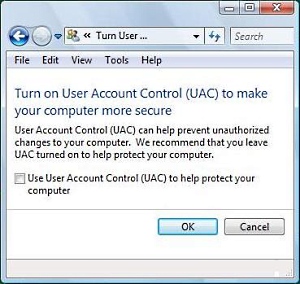

It’s hard to find those apps in there, but the last one will probably clearly read Microsoft.A giant list of all the stuff you’ve got installed that came from Microsoft’s Store, plus some other stuff, will appear. Type in “Get-AppxPackage –AllUsers” without the quotes.Type PowerShell in the Windows searchbox when you see it, right-click and launch it via Run as Administrator.If your uninstall option is grayed out, you can go the DOS route, but it gets a little complicated and you should be 100 percent sure of what you’re doing. In the middle pane, right-click on Reboot and select “Disable” from the menu. In the left pane, click Task Scheduler Library and then navigate to Microsoft\Windows\UpdateOrchestrator. It involves going to Administrative Tools in the Control Panel (just type “Administrative Tools” into the Windows 10 search box). You can take advantage of a feature called Active Hours, which lets you schedule a time for reboots. That’s a good way to lose data in open apps. What’s worse: if you don’t reboot your PC after an update, Windows 10 eventually takes it upon itself to reboot for you. Windows 10 updates are regular and seemingly never-ending, and pretty much out of the user’s control (unless you turn off updates altogether, which is a bad idea). Here’s our look at a few of them, and the steps you can take to rectify the problems so the OS doesn’t drive you up the Windows wallpaper. Thankfully, a number of them are easily corrected.

As much as we like Windows 10 and we really do like it a lot but it’s got problems.

Windows 10 is the best product of Microsoft operating system which realised tell now.


 0 kommentar(er)
0 kommentar(er)
